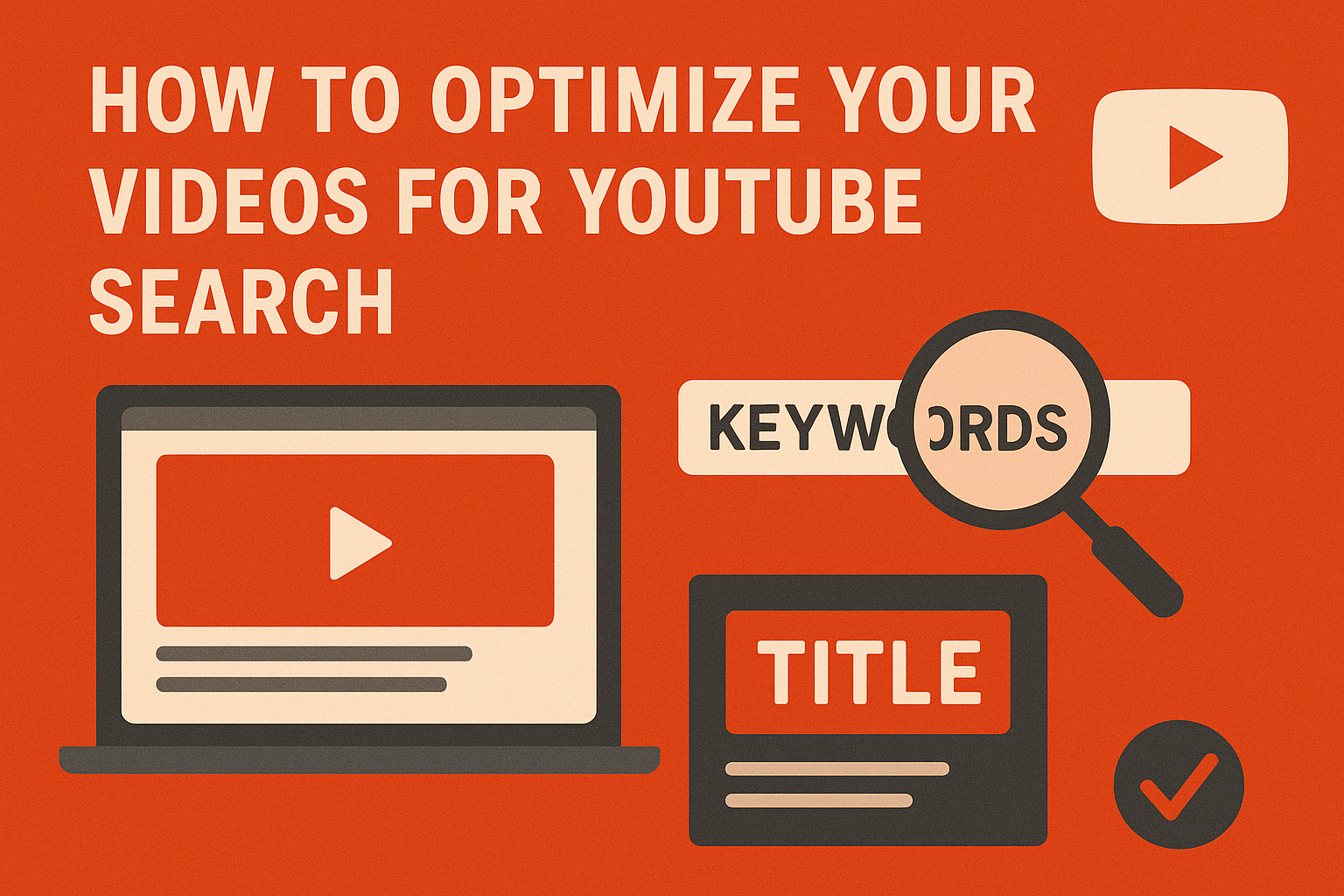Introduction
Video marketing has become an indispensable tool for modern brands looking to connect with their audiences, build brand awareness, and drive engagement. The rise of social media platforms and the increasing consumption of video content have made it clear that video is a powerful medium for storytelling and marketing. This article explores the best practices for creating engaging video content and explains why video marketing is essential for today’s brands.
Best Practices for Creating Engaging Video Content
1. Know Your Audience
Understanding your target audience is crucial. Create buyer personas to identify their preferences, interests, and pain points. Tailor your video content to address these aspects, ensuring it resonates with your viewers.
2. Start with a Strong Hook
The first few seconds of your video are critical. Capture your audience’s attention immediately with a compelling hook. This could be an intriguing question, a surprising fact, or an engaging visual.
3. Keep It Short and Sweet
Attention spans are short, so aim to deliver your message concisely. For most social media platforms, videos between 1 to 2 minutes perform best. Longer videos can be effective if they provide in-depth information or tell a captivating story.
4. Focus on Storytelling
People connect with stories, not just products. Use storytelling techniques to make your video more engaging. Share real-life experiences, customer testimonials, or behind-the-scenes looks at your brand.
5. Optimize for Mobile
With a significant portion of video content viewed on mobile devices, ensure your videos are mobile-friendly. Use vertical or square formats and make sure text and visuals are easily readable on smaller screens.
6. Include Captions and Subtitles
Many viewers watch videos without sound, especially on social media. Including captions and subtitles ensures your message gets across even without audio. It also makes your content more accessible to a wider audience.
7. High-Quality Production
Invest in good quality video production. While you don’t need Hollywood-level production values, clear visuals, good lighting, and crisp audio are essential. Poor production quality can detract from your message and brand image.
8. Call to Action (CTA)
Every video should have a clear call to action. Whether it’s visiting your website, subscribing to your channel, or purchasing a product, guide your viewers on what to do next.
9. Consistent Branding
Maintain consistent branding across all your videos. Use your brand colors, logos, and a consistent tone of voice. This helps build brand recognition and trust over time.
10. Analyze and Optimize
Use analytics tools to track the performance of your videos. Pay attention to metrics such as view count, engagement rate, and audience retention. Use these insights to refine your video content and strategy.
Importance of Video Marketing for Modern Brands
1. Increased Engagement
Videos are highly engaging and can capture attention more effectively than text or static images. They allow for creative storytelling and emotional connections, which can lead to higher engagement rates.
2. Better SEO Rankings
Search engines favor video content, and having videos on your website can improve your SEO rankings. Videos increase the time visitors spend on your site, which is a key factor in search engine algorithms.
3. Higher Conversion Rates
Video content can significantly boost conversion rates. Studies have shown that adding a video to a landing page can increase conversions by up to 80%. Videos help explain products or services more clearly, making it easier for potential customers to make purchasing decisions.
4. Greater Reach on Social Media
Social media platforms prioritize video content, often giving it more visibility than other types of posts. Engaging videos are more likely to be shared, increasing your reach and exposure to new audiences.
5. Building Trust and Credibility
Videos allow brands to showcase their personality, authenticity, and expertise. They can help build trust and credibility with your audience, which is essential for long-term customer relationships.
6. Catering to Consumer Preferences
Consumers increasingly prefer video content. According to recent studies, more than 80% of internet users consume video content regularly. By incorporating video into your marketing strategy, you’re meeting your audience’s preferences and expectations.
7. Versatility and Flexibility
Video content is versatile and can be used across various platforms and formats. From short social media clips to in-depth tutorials and webinars, videos can be adapted to fit different marketing needs and goals.
8. Enhanced Analytics
Video marketing provides detailed analytics that can help you understand viewer behavior and preferences. Metrics such as watch time, engagement rate, and click-through rate offer valuable insights that can inform your overall marketing strategy.
Conclusion
Video marketing is no longer optional for modern brands—it’s essential. By following best practices for creating engaging video content, brands can connect more deeply with their audiences, increase engagement, and drive conversions. As consumer preferences continue to evolve towards video content, integrating video into your marketing strategy will ensure your brand remains relevant, competitive, and successful in the digital landscape.
FAQs
- What types of videos are most effective for marketing?
- Explainer videos, product demos, customer testimonials, and behind-the-scenes content are highly effective for marketing. Each type serves a different purpose and can engage viewers in unique ways.
- How often should brands publish new video content?
- The frequency depends on your resources and audience preferences. Consistency is key, so find a manageable schedule that keeps your audience engaged without compromising quality.
- What is the best length for a marketing video?
- For social media, videos between 1 to 2 minutes work best. For more in-depth content, such as tutorials or webinars, longer videos up to 20 minutes can be effective.
- How can I measure the success of my video marketing efforts?
- Use analytics tools to track metrics such as view count, engagement rate, audience retention, and conversion rates. These insights will help you understand what works and what needs improvement.
- What are some common mistakes to avoid in video marketing?
- Common mistakes include neglecting mobile optimization, failing to include a call to action, poor production quality, and not understanding your audience. Avoid these pitfalls to create more effective video content.



